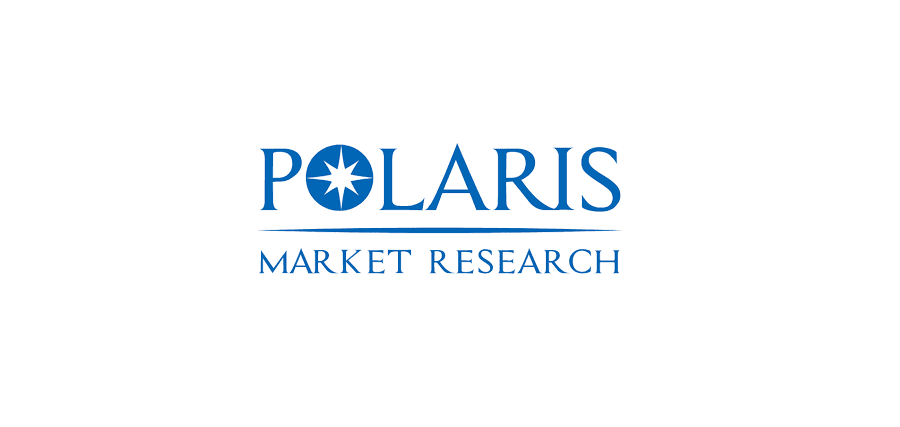Facial Injectable Market Projected to Reach $33.63 Billion by 2032, Growing at a CAGR of 12.6%
- prajwal79
- May 16
- 4 min read

The global facial injectable market is witnessing unprecedented growth, fueled by a rising focus on physical appearance, expanding applications in aesthetic medicine, and an increasing aging population seeking minimally invasive cosmetic procedures. According to the latest industry analysis, the Facial Injectable Market size was valued at USD 11.60 Billion in 2023, and it is projected to reach USD 33.63 Billion by 2032, growing at a compound annual growth rate (CAGR) of 12.6% from 2024 to 2032.
Facial injectables—comprising products like botulinum toxin, dermal fillers, and other soft-tissue fillers—are becoming increasingly popular as both men and women seek quick, non-surgical methods for facial rejuvenation and contouring. The rising prevalence of anti-aging treatments and the desire for youthful appearances are key factors bolstering market demand.
Market Overview
Facial injectables are products injected into the skin to reduce wrinkles, restore facial volume, and enhance facial contours. They have become integral components in modern cosmetic procedures and are widely utilized by dermatologists, plastic surgeons, and cosmetic professionals.
The market is currently being driven by several key trends:
Rising popularity of non-invasive aesthetic medicine
Rapid technological advancements in injectable materials
Growing social media influence on beauty standards
Increasing affordability and availability of treatment options
Furthermore, the expanding use of facial injectables for therapeutic applications—such as treatment of bruxism, chronic migraines, and excessive sweating—adds another dimension to the growing demand.
𝐄𝐱𝐩𝐥𝐨𝐫𝐞 𝐓𝐡𝐞 𝐂𝐨𝐦𝐩𝐥𝐞𝐭𝐞 𝐂𝐨𝐦𝐩𝐫𝐞𝐡𝐞𝐧𝐬𝐢𝐯𝐞 𝐑𝐞𝐩𝐨𝐫𝐭 𝐇𝐞𝐫𝐞:
Market Segmentation
The global facial injectable market is segmented based on product type, application, end-user, and region.
By Product Type:
Botulinum Toxin (Botox)
Hyaluronic Acid (HA) Fillers
Calcium Hydroxylapatite (CaHA)
Poly-L-lactic Acid (PLLA)
Polymethylmethacrylate (PMMA)
Collagen-Based Fillers
Others
Among these, Hyaluronic Acid (HA) fillers held the largest market share in 2023 due to their biocompatibility, reversibility, and widespread use in anti-aging treatments.
By Application:
Wrinkle Reduction
Lip Enhancement
Cheek Augmentation
Chin and Jawline Sculpting
Scar Treatment
Therapeutic Applications
Wrinkle reduction remains the dominant application, while areas like chin augmentation and jawline contouring are gaining traction due to their increasing popularity on social media platforms.
By End-User:
Hospitals
Dermatology Clinics
Medical Spas
Others
Dermatology clinics account for a significant share owing to the growing number of specialists and increasing patient preference for clinic-based treatments over hospital stays.
Regional Analysis
The market's growth is global, but certain regions are leading the charge due to demographic, economic, and cultural factors.
North America:
In 2023, North America dominated the global facial injectable market, driven by a high demand for aesthetic medicine, strong consumer awareness, and widespread adoption of cosmetic treatments. The United States leads in both the number of procedures performed and revenue generated. The FDA's streamlined approval process for new injectables is further accelerating innovation in this region.
Europe:
Europe represents the second-largest market share, with countries like Germany, France, the UK, and Italy being major contributors. A strong tradition in cosmetic procedures and increasing acceptance of male aesthetics are key market drivers.
Asia-Pacific:
The Asia-Pacific region is expected to witness the highest CAGR during the forecast period. Rapid urbanization, a rising middle-class population, and increasing influence of K-beauty and celebrity culture in countries like South Korea, China, and Japan are fueling demand. Government initiatives supporting medical tourism in these countries are also creating new growth avenues.
Latin America and Middle East & Africa:
Emerging markets such as Brazil, Mexico, the UAE, and South Africa are showing potential due to rising disposable incomes and improving healthcare infrastructure. Brazil, in particular, is known for its thriving beauty and plastic surgery culture.
Competitive Landscape
The global facial injectable market is highly competitive and features several key players continuously investing in R&D, product launches, and strategic partnerships.
Key Companies Include:
Allergan (AbbVie Inc.)
Ipsen
Revance Therapeutics, Inc.
Medytox, Inc.
Hugel, Inc.
Sinclair Pharma
Medytox, Inc.
Sino Biopharmaceutical Limited
Teoxane Laboratories
Merz Pharma
Allergan, the maker of Botox, maintains a dominant position due to its vast product portfolio and global distribution network. Meanwhile, Revance Therapeutics is making headlines with its alternative to Botox, Daxxify, offering longer-lasting results.
Strategic developments such as mergers, acquisitions, product innovations, and partnerships are common across the competitive landscape. For instance, Allergan’s acquisition by AbbVie has further consolidated its dominance in the dermal fillers segment.
Key Market Drivers
Aging Population: The global population aged 60 and above is growing rapidly, fueling the need for effective anti-aging treatments.
Increased Disposable Income: More consumers in emerging markets now have the means to invest in personal appearance and self-care.
Social Media and Celebrity Influence: Widespread portrayal of beauty standards across platforms has increased demand for facial injectables.
Minimally Invasive Alternatives: Patients increasingly prefer non-surgical options that offer faster recovery and lower risk.
Challenges and Opportunities
Challenges include potential side effects, the high cost of branded products, and the need for trained professionals to administer treatments. Counterfeit and unapproved injectables pose risks to patient safety and the reputation of the industry.
However, opportunities abound:
Expansion of male clientele seeking aesthetic enhancements
Rise in medical tourism in developing countries
Growing number of licensed practitioners and aesthetic training programs
Future Outlook
The facial injectable market is set to continue its strong growth trajectory, buoyed by innovation in formulation, a broader range of applications, and greater societal acceptance of cosmetic enhancements. As the industry matures, personalized treatments, AI-powered facial mapping, and combination therapies are likely to become standard practices, enhancing patient satisfaction and clinical outcomes.
𝐁𝐫𝐨𝐰𝐬𝐞 𝐌𝐨𝐫𝐞 𝐑𝐞𝐬𝐞𝐚𝐫𝐜𝐡 𝐑𝐞𝐩𝐨𝐫𝐭𝐬:


Comments